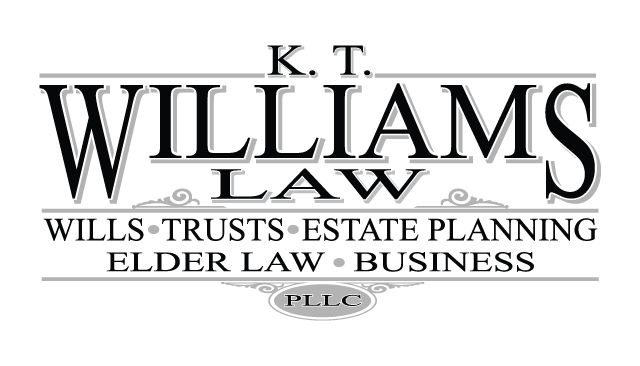Estate Planning With Retirement Accounts: The Basics
Retirement Accounts: How To Plan When It’s Your Largest Asset?
Many workers have diligently contributed to their retirement accounts for years. And the funds accumulated in the accounts can be substantial, often their largest asset. So it’s important to consider the options that exist for estate planning with them. There are many different types of retirement accounts, but the rules are similar, so they will be collectively referred to as IRAs in certain places in this article.
Retirement Accounts Are Valuable Tools To Accumulate Substantial Savings.
Whether a 401k, an IRA, or some other form of retirement account, the benefits of a retirement account are difficult to overstate. They allow earnings to be saved tax free and to grow tax free until they are withdrawn. No one should pass the opportunity to max their contributions to an available retirement account.
The withdrawal of the retirement savings may be years, even several decades after they were earned. This delay between when the funds were earned by the worker and when they are taxed upon withdrawal has come under close scrutiny by the government. And recently the US House of Representatives passed a bill to shorten the period that retirement accounts can grow without being taxed. This is a helpful article I wrote about the proposed changes. But, even if the proposed changes become law, the benefits of retirement accounts remain. And those people with retirement accounts should structure their estate plan accordingly.
How Should You Plan With Your Retirement Account?
This may be a surprise, but your retirement account is not controlled by your Last Will and Testament. Instead, the distribution of your retirement account is controlled by the beneficiary designation for the account. So you should regularly check your beneficiary designation to make sure it is correct.
A Beneficiary’s Immediate Withdrawal of the Full Balance.
You can name an individual as the beneficiary of a retirement account. The named beneficiary of a retirement account may withdraw the full balance of the account. This means that upon the account owner’s death, the beneficiary can prove to the financial institution holding the account that they are the named beneficiary, then withdraw the full balance for their personal use.
While allowing immediate withdrawal of the full balance may seem like a fine idea, it comes with a few concerns. First, a withdrawal that isn’t part of a “rollover” to a retirement account will be taxed. The tax may be substantial, and the withdrawal may push the beneficiary into a higher tax bracket. Second, the balance of the account is the result of years of work and saving by the person who contributed to the account. The possibility that the fruit of that effort may be quickly consumed by a hefty tax burden and frivolous spending is unsettling. Don’t be lured into believing that naming a specific individual as the beneficiary of your retirement account is your only option. There are other options. In fact, your retirement account can provide years, even decades of financial support and benefit to your beneficiary, yet not be subject to the beneficiary’s temptation to withdraw it quickly and spend it.
A Beneficiary’s Long Term Benefit From An Inherited Retirement Account.
You can protect the retirement account from being immediately withdrawn and spent while providing a long term benefit to its beneficiary. You can do this with the careful use of a trust that is structured to meet IRS requirements.
The IRS allows a trust to be the beneficiary of an IRA, but the trust’s terms must be carefully crafted to meet IRS requirements. If the trust isn’t structured correctly, the IRA must distribute its full balance to the trust within five (5) years. You want to avoid this if possible because this quick five (5) year distribution means the entire IRA balance will be taxed at a high rate within that five (5) year period. On the other hand, if the trust is correctly structured, the IRA won’t have to distribute any quicker than would be required by the IRS’s distribution rules for inherited IRAs. This means lower taxes and a much longer period for the IRA funds to grow tax-free in the IRA account.
You may wonder if naming a trust as the beneficiary of your IRA will impose too large a burden on the person you want to receive the benefits of the IRA. It will not. You can give the trustee specific instructions on how often and how much you want to be distributed from the trust to the beneficiary. And you can set guidelines that will allow the trustee to distribute more if your beneficiary’s needs exceed what you expected or to distribute less if the trustee sees that the distributions are being used for destructive behaviors, such as substance abuse or uncontrolled gambling. Your options with a trust are almost limitless.
What Is Right For You?
A retirement account trust is right for you if you want to see your family benefit from your retirement account over a number of years, and you don’t want to see the retirement account used up quickly, frivolously, and generating a large tax burden. Additionally, a retirement account trust can be right for you if you want to benefit your surviving spouse with the retirement account, but not see it used for their new significant other or new spouse. If you want to learn more about your options for planning with your retirement accounts, contact us.



